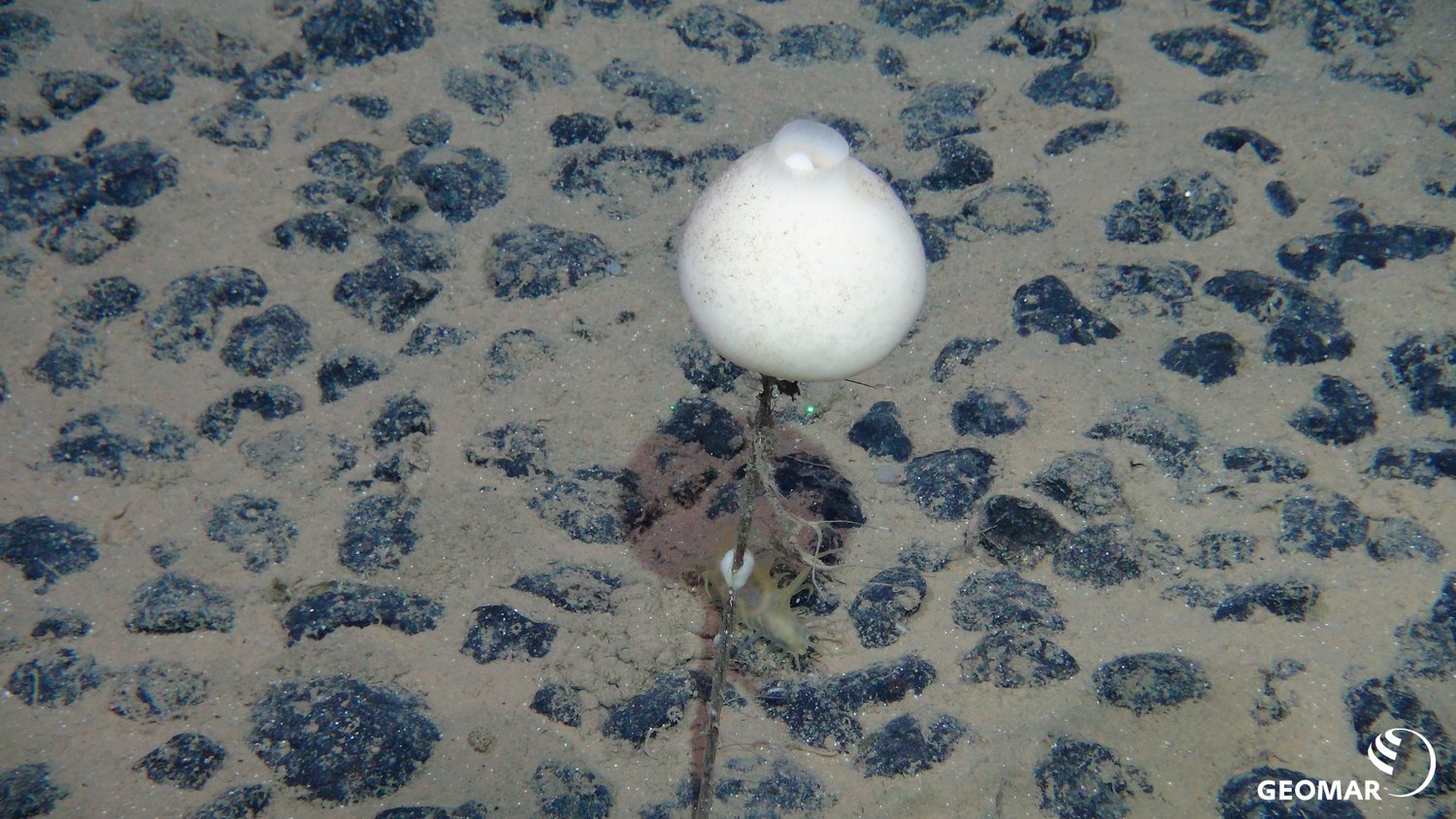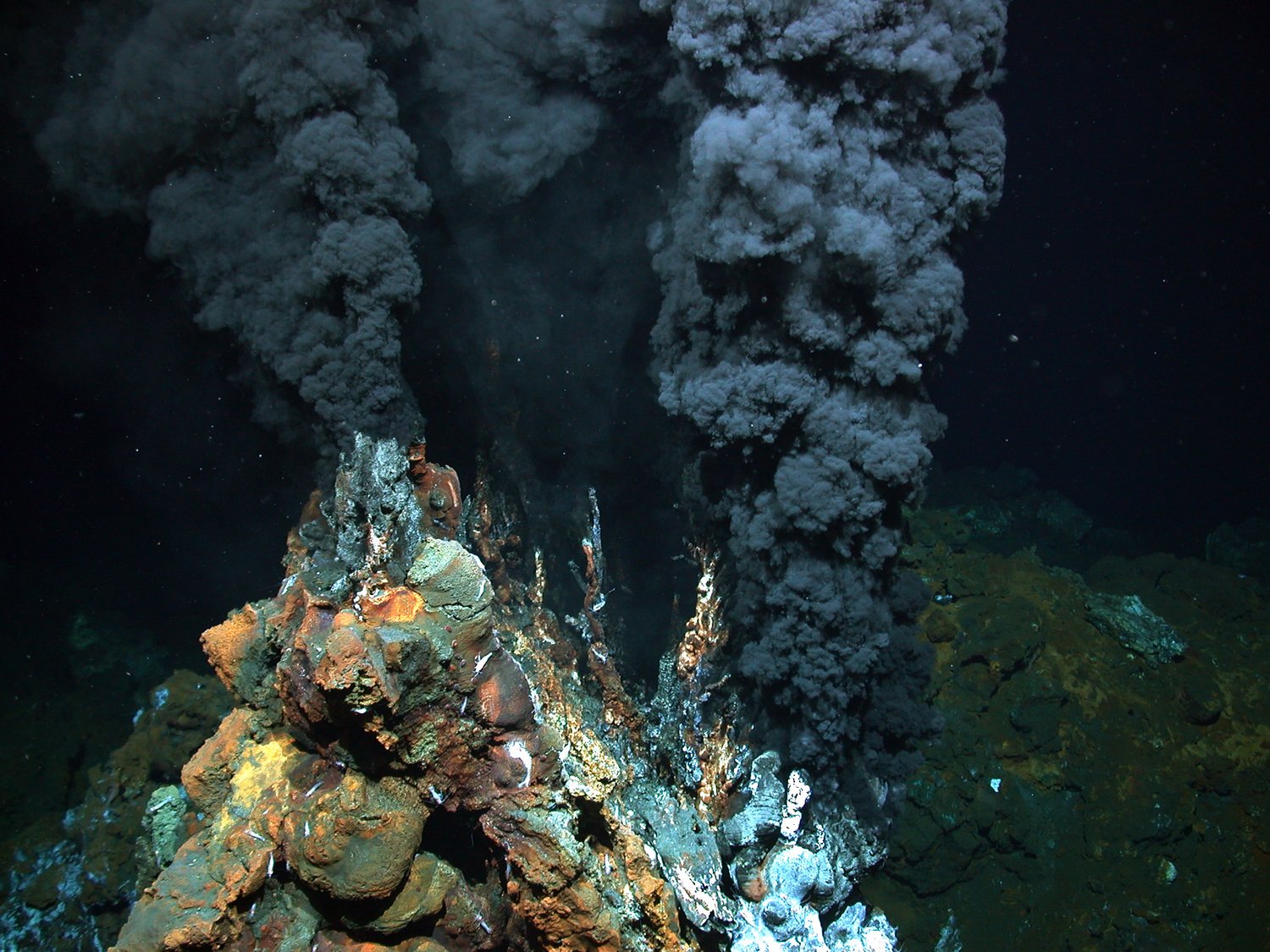
Global consumption of raw materials has continued to rise in recent decades. To meet the demand for metals such as nickel, copper, and cobalt, deep-sea mining is being discussed as an option. Deep-sea mining refers to the industrial extraction of ore deposits at depths of over 1,000 meters below sea level. There, resources occur in the form of manganese nodules, massive sulfides, and ferromanganese crusts. However, the ecological processes and biodiversity in the deep ocean remain poorly studied. Therefore, a scientifically sound basis for assessing the potential impacts of deep-sea mining on marine life is lacking.
The role of the International Seabed Authority (ISA)
A large proportion of the known deep-sea ore deposits lies in international waters and therefore falls outside the jurisdiction of any single nation. Instead, they form the ‘common heritage of mankind’, as defined by the United Nations Convention on the Law of the Sea for the seabed beyond any Exclusive Economic Zone. For reference, a coastal state’s Exclusive Economic Zone extends from the low-water line up to 200 nautical miles (370 kilometres) into the open sea.
The mineral resources beyond national jurisdiction are administered by the International Seabed Authority (ISA), based in Kingston, Jamaica. The ISA grants exploration licences and develops mining regulations, the so-called ‘Mining Code’. Since 2016, negotiations on the framework for future deep-sea mining have been ongoing. A first, still incomplete draft of the extraction regulations was submitted in 2019 and has since been further developed by the ISA Council.
Manganese nodules: Focus on the Clarion-Clipperton Zone
Manganese nodules are black-brown, potato-shaped to rounded minerals with a concentric structure, typically measuring 1 to 15 centimetres in diameter. They form primarily on the sediment-covered abyssal plains of the oceans at depths of 3,500 to 6,500 metres.
The nodules rest on the seabed, usually one to two-thirds embedded in the sediment. In some areas, only a few nodules occur per square metre; in others, there may be several hundred. The most economically attractive deposit lies in the Clarion–Clipperton Zone (CCZ), situated in the equatorial North-East Pacific between Hawaii and Mexico. Other significant manganese nodule occurrences are found in the Penrhyn Basin (Western Pacific) and in the central Indian Ocean.

For commercial manganese nodule extraction, crawler-type vehicles are being developed. They vacuum the upper 4 to 10 centimetres of the deep-sea floor, collecting both the nodules and the organisms living on and within the sediment. In the collector vehicle, the nodules are separated from part of the sediment and handed over to a vertical lift system (riser). This conveys them to a production platform at the sea surface.
At the surface, the nodules are cleaned of any remaining adherent sediment, dewatered if necessary, and loaded onto bulk carriers for transport to shore. The sediment-laden discharge water is then returned to the deep ocean.
The deep sea – a fragile ecosystem
The deep sea is the largest and least explored habitat on Earth. The organisms living there are adapted to extreme conditions and are highly sensitive to disturbances. The sediment layer on the ocean floor plays a central role in the nutrient cycle and harbours a variety of species that are still unknown. Extracting these layers would irreversibly destroy these habitats. Since deep-sea organisms grow very slowly and often have long lifespans, the damage would be permanent.
Science currently faces the challenge of making detailed predictions about the potential impacts of deep-sea mining on life in the deep ocean. To do so, researchers require functioning ecosystem models for the deep-sea communities affected by mining. Such models do not yet exist, because the biodiversity, structure and functioning of deep-sea assemblages remain poorly understood. One thing is clear: the deep sea hosts immense biodiversity with ecological roles that contribute to the oceans’ ecosystem services.
Consequences of deep-sea mining
The extraction of raw materials from the deep sea would disturb the upper, biologically active layers of the seabed. Large sediment plumes could spread over vast areas, potentially smothering sessile organisms such as corals and sponges. The disruption of this fragile ecosystem could also interfere with the deep-sea nutrient cycle and the associated water layers.
Another risk factor is the discharge of process water contaminated by the mining process, which could harm marine life. Additionally, noise pollution from vehicles and ships presents a problem, as sound travels widely in the deep sea. Although floodlights used to illuminate the deep sea are often replaced by hydroacoustic techniques, the long-term impacts on the marine environment remain uncertain.
Long-term studies show that communities in manganese nodule fields cannot recover from disturbances within human timeframes. The destruction of ecosystems and the interruption of nutrient cycles may persist for thousands of years. Deciding if, and how, to proceed with deep-sea mining therefore requires careful deliberation and further research to avoid irreversible damage.

Focus topic: Impacts of deep-sea mining
The ecosystems of the deep sea have been little researched and the potential impacts of deep-sea mining on marine life are barely known. This focus article provides an overview of the metal deposits in the deep sea and the scientific findings on the effects of possible economic use.








